Subject Advice Guide
Earth Sciences
Overview
Earth Sciences is the study of the planet we live upon. The rapidly changing scope and nature of the subject is reflected in the course at Oxford, which provides sound and broadly-based scientific training.
Earth Scientists combine physics, chemistry and biology with geology, geography and palaeontology to answer fundamental questions about the origin, development, and future of the Earth. You will be trained in the skills required for the interpretation of rock materials and geological phenomena as well as applying theory and techniques from other disciplines to the study of the Earth and the environment.
Choosing Your Course
To Study Earth Sciences at Oxford you will typically need to have studied Maths at A level as well as either Physics or Chemistry. The other of Chemistry or Physics is also useful as a third subject but not required. Biology, Geology or Further Mathematics can also be helpful to candidates in completing this course. Students can apply for a three-year BA in Geology or a four-year MEarthSci. These are the same for the first three years. If you are unsure which course they would prefer, it is best to apply for the MEarthSci, as it is typically easier to then transfer to the BA later on.
Career Prospects
Typical destinations for Earth Sciences graduates include the energy industry, the environmental sector and engineering/ technical consultancies. Some enter unrelated professions; in which the analytical and problem-solving skills they have developed are highly sought after. Around 40% continue to study, through a PhD or further Master’s course.
Course Structure
Year 1
Students currently take all courses in five parallel streams:
Planet Earth
Fundamentals of geology I
Fundamentals of geology II
Physics, chemistry and biology for Earth Sciences
Mathematics for materials and Earth Sciences
Current field courses
Pembroke field course (pre-session)
Arran field course (introduction)
Local field courses
Year 2
Students currently take all courses in five parallel streams:
Earth deformation and materials
Palaeobiology
Petrology
Geochemistry and ocean chemistry
Mathematical and geophysical tools
Current field courses:
Dorset field course
Assynt field course (mapping)
Year 3
Students take a combination of core and optional papers from the current selection:
Natural resources
Sedimentary basins
The oceans
Climate
Seismology and earth structure/Vector calculus
Geodynamics and continental deformation
Volcanology, igneous processes and petrogenesis
Evolutionary turning points/Quantitative palaeobiology
Earth materials, rock deformation and metamorphism
Current field courses:
South-east Spain field course
Independent field mapping project (conducted over summer break between Years 2 and 3)
Extended essay
Year 4 (Research based)
Students choose four options (currently out of eight to ten), generally two in each term:
Anatomy of a mountain belt
Planetary chemistry
Structure and dynamics of the Earth’s mantle
Records of major environmental change in Earth’s history
Palaeobiology
Environmental, rock and palaeomagnetism
Topics in oceanography
Topics in volcanology
Field courses: optional field courses as announced each year
Independent work: research project over 2.5 terms
Recommended Reading
Listed below are books and online resources which offer an insight into various aspects of earth sciences and are recommended by our department! The list is not exhaustive or considered compulsory for the undergraduate course. An asterisk (*) indicates work by current or former faculty members.
Introductory Reading:
· Colliding Continents by Mike Searle*
· Earth Story by Simon Lamb* and David Sington
· T. Rex and the Crater of Doom by Walter Alvarez
· Supercontinent by Ted Nield
· The Goldilocks Planet: The 4 billion year story of Earth’s climate by Jan Zalasiewicz and Mark Williams
· How to Build a Habitable Planet by Wally Broecker and Charles Langmuir
· The Two Mile Time Machine by Richard Alley
· The Earth: A Very Short Introduction by Martin Redfern
· Lucky Planet: Why Earth is Exceptional – and What that Means for Life in the Universe by David Waltham
· For Younger Readers:
· George & the Blue Moon by Lucy and Stephen Hawking, featuring essays by Prof Ros Rickaby* & Prof Tamsin Mather*
Podcasts/Online lectures:
· Department of Earth Sciences lectures and podcasts on iTunesU and YouTube.
· Geological Society of London. Videos of past lectures are available online.
